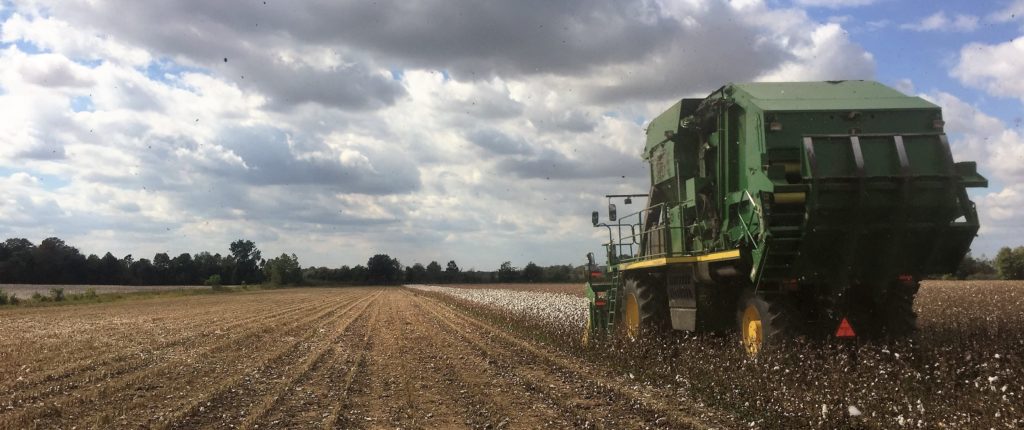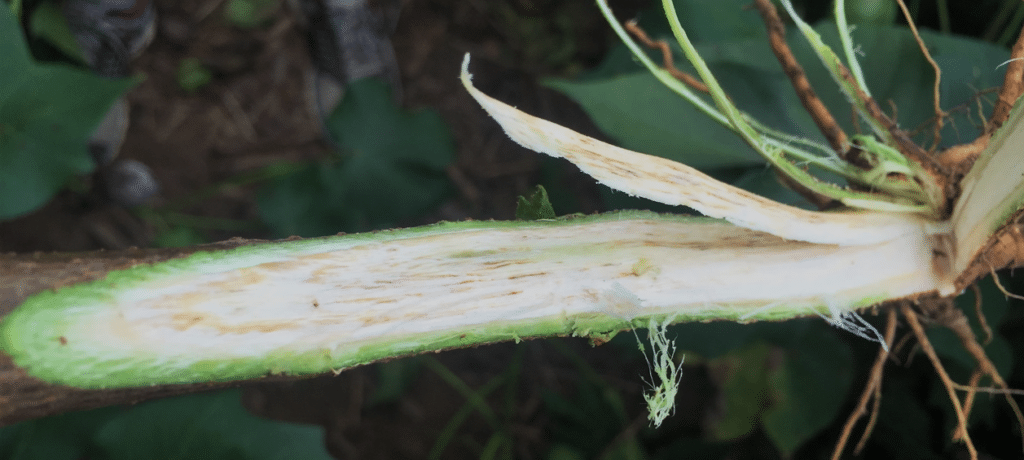Corn, soybeans, and wheat were down; cotton was mixed for the week.
Thursday’s WASDE report projected a record large soybean crop for Brazil and increased production estimates for South American corn production. Minor adjustments were made to the U.S. domestic balance sheet. The decrease in soybean exports was unexpected at this juncture, however record South American production and a strengthening USD, relative the Brazilian Real, provide some justification for USDA changes.
For corn, compared to last month’s report, domestic supply was unchanged; feed and residual was decreased 50 million bushels and ethanol was increased 50 million (resulting in no changed in domestic use); U.S. ending stocks were unchanged; and foreign stocks were increased 123 million bushels. Currently, global ending stocks are projected at 8.688 billion bushels (2.32 billion in the U.S. and 6.368 billion in foreign stocks), up 4.6% from the previous marketing year. Continue reading at Tennessee Market Highlights.



